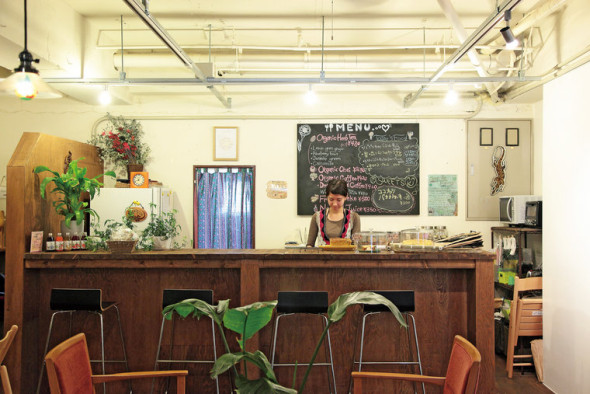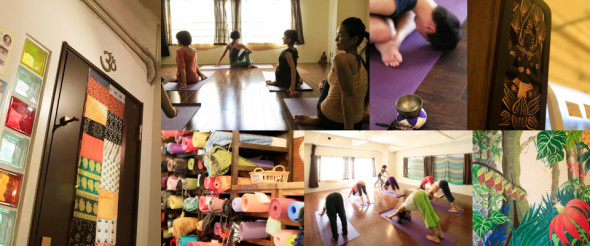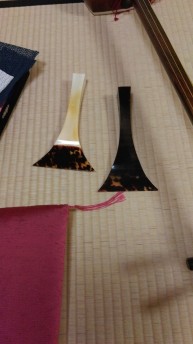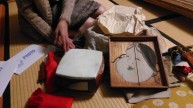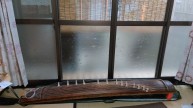I couldn’t be more thankful with everyone who has helped to enrich my experience here in Kyōto. From giving me their recommendations for good 京都の観光客スポット (Tourist spots in Kyōto) to teaching me how to make だし巻き卵 (Egg roll with Dashi) with a special Kyōto twist, everything has been a new and unique experience.
This semester I got to volunteer at the Kyōdai Hospital with ニコニコトマト(NikoNiko Tomato), where my responsibilities and duties ranged from being able to play with the children to helping other volunteers prepare for lesson plans or activities. Playing with the children was a bittersweet experience, as there is an inevitable sad aura that you feel by being there. However, once you start to see the children play, those feeling start to diminish. As a Japanese language learner, it was very interesting to see how moms and native Japanese volunteers interacted with the children. I say that in terms of diction and level of formality; they chose to use certain words and grammar patterns that I supposed were appropriate to use with children (e.g. 遊ぼう vs. 遊びましょう, 寝んね vs. 寝って, 噛み噛み [to chew]). The volunteers in charge of NikoNiko Tomato are a great group of people who are highly dedicated to what they do and deserve the upmost respect. I’m glad I met everyone.
In addition to NikoNiko Tomato, I attended a cooking circle that meets once a month. There, native Japanese cooking instructors taught us how to make traditional Japanese dishes. My first time, we made お好み焼き(Okonomiyaki), which was a delight because after you make the meal you get to enjoy it (I love to eat so this was one of my favorite parts). Additionally, I met some of the most interesting and 元気 (Genki) cooking instructors. They were extremely helpful and you could tell they loved what they were doing. The second time I went, I was welcomed back very warmly. We made an array of Japanese dishes such as キノコご飯 (Mushroom rice) and 柿なます (Persimmon salad). I’m so grateful to the women who keep this wonderful cooking circle going. You could tell that they fully prepare as they are very knowledgeable about traditional Japanese cooking. I’m really looking forward to cooking more Japanese dishes my last time in December, where I will also have to, dismally, say my final goodbye to my cooking instructors and Kyōto.

